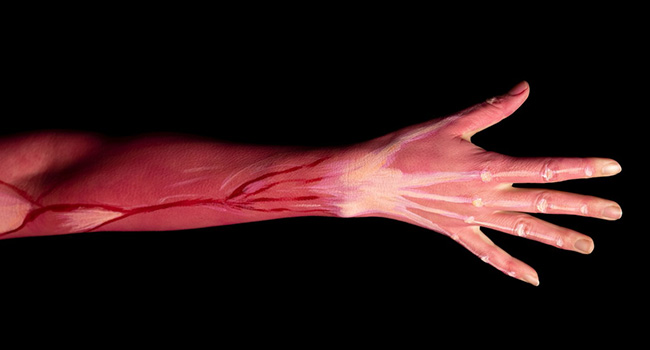
Fibromyalgia is a persistent condition causing widespread pain, fatigue, and sleep disturbances, with no definitive cure. Fibromyalgia treatment aims to alleviate pain and improve the quality of life for those affected. While there is no cure, several strategies help manage symptoms.
Medications, like pain relievers and antidepressants, may be prescribed to ease pain and enhance mood. Physical therapy can improve flexibility and strength, while regular exercise, such as walking or swimming, can reduce stiffness. Lifestyle changes like stress management, adequate sleep, and a balanced diet can also aid in symptom control. Support groups and counseling can provide emotional assistance. Tailored treatment plans, often involving a combination of these approaches, help individuals with fibromyalgia better manage their condition and find relief from its challenges.
Clinical Trial
Ozone therapy (OT) was investigated as an additional treatment method in a clinical trial. The study involved 54 participants, divided into two groups: the OT group (26 participants) and the placebo control (PC) group (28 participants). Ozone was administered through major autohemotherapy and minor autohemotherapy, with ten sessions over two weeks. To evaluate the treatment's effectiveness, researchers used the fibromyalgia impact questionnaire (FIQ), Pittsburgh sleep quality index (PSQI), and 12-item short-form health survey (SF-12) before and after the intervention.
Results
In several aspects, there were significant improvements in the OT group compared to the PC group. The OT group experienced enhanced scores in the FIQ subscales "feel good" and "fatigue," as well as the PSQI total score and subscales like "subjective sleep quality," "sleep latency," and "sleep disturbances."
Both groups showed improvements in the FIQ total score after treatment, but there was no significant difference between them. This suggests that while OT can enhance specific aspects of fibromyalgia, it might not impact the overall severity of the condition significantly.
Conclusion
When used as an additional treatment alongside autohemotherapy, ozone therapy showed promise in improving specific fibromyalgia symptoms and sleep quality during the treatment period. However, it didn't demonstrate a significant difference in the overall fibromyalgia impact compared to the placebo control group. Further research is needed to explore the long-term effects and potential benefits of ozone therapy in fibromyalgia management.
__________

